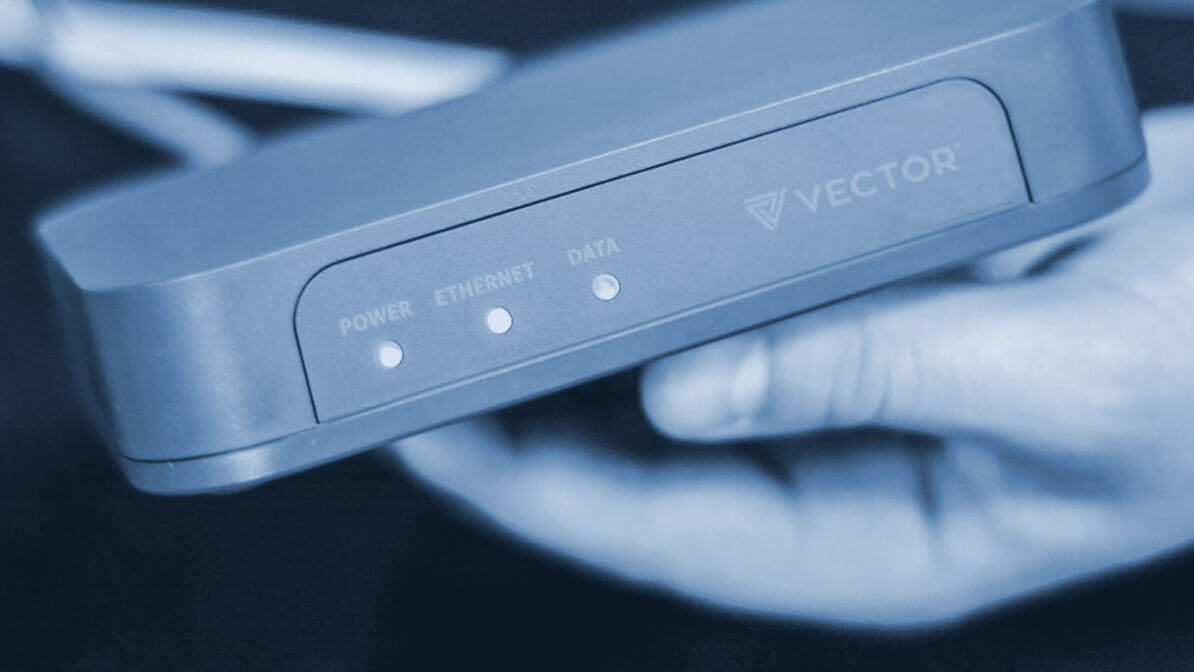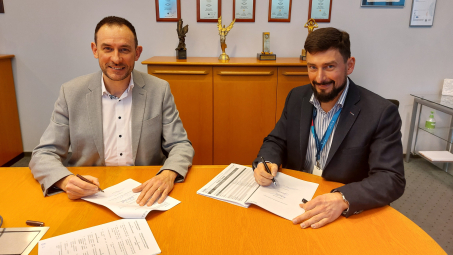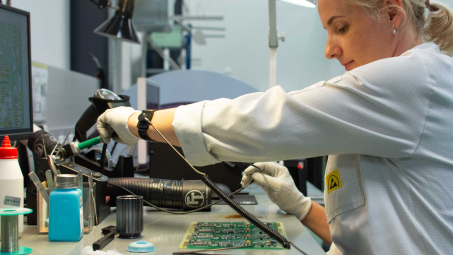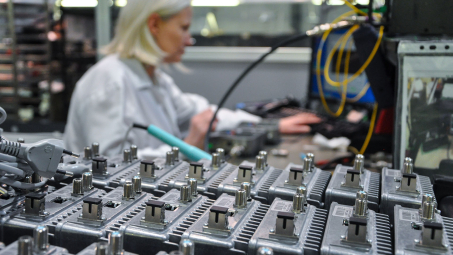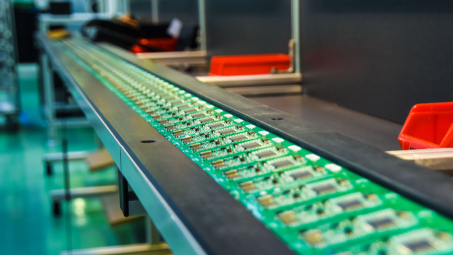How to provide high-speed services using existing infrastructure?
Telco operators face many challenges these days. Their biggest nightmare is being unable to provide customers with high-speed services due to existing infrastructure. This case study outlines how we helped multiple-system operators solve this problem.
Challenge
Telco operators don’t have an easy life these days. Their biggest nightmare is being unable to provide customers with high-speed services as this leads to an increased churn rate. This problem becomes even more serious when you consider that these customers represent as much as 30% of subscribers.
At first glance, deploying fibre seems to be the best of all possible solutions. However, such an approach is either too expensive (in many cases, deployment costs can be as much as €500 per flat – compare that to the price customers pay for your internet services) or users simply don’t want your engineers to enter their flats due to the mess and disruption they might cause.
One of the biggest Telco operators in Europe faced such a challenge and started looking for a partner who could help them come up with a solution. VECTOR BLUE HUB team was approached in order to find out if there was a way round this problem to increase the number of subscribers that can be reached by fibre.
We set to work on gaining a deeper understanding of the operational environment and the root cause of the problem. It turned out that in most cases buildings already have fibre or can easily be provided with it, but the last 100 meters are the most problematic as it’s either too expensive or impossible to bridge this gap.
After conducting an analysis of the operational environment, it turned out that in 95% of cases there is an existing coaxial infrastructure which can be used. Knowing that, we reframed the final problem from “how to reach them with fibre” to “how can we provide them with high-speed services using existing infrastructure?”
Several workshops later, both teams managed to define the most important requirements a solution must meet:
- only existing coaxial access can be used and the data transmission should work over a distance of 100 meters (the max. distance between the point where the fibre ends and the subscriber premises).
- the speed provided by this solution must be at least 500 mbs and have the possibility of being extended to 1 Gbps within the next 12 months.
- the solution must be powered remotely (from the subscriber premises) because there is no power available in telecommunication shafts/ducts.
- the solution must be transparent from a system point of view (no additional equipment can be installed in the head ends).
- the solution must be provided to end users free of charge, so it cannot be too expensive.
- short time to market – for every day we wait, other operators are gaining customers.
Engineering concept
As a first step, we had to think about what kind of technology we can use in order to meet all of the transmission requirements (such as the medium used, the required bitrate, distance and quality). After several brainstorming sessions, we decided to use MOCA 2.0, which has a well-established market position and is already widely used to distribute ethernet signals to subscriber premises. We had to use its point-to-point mode as the throughput we achieved while operating in standard mode was insufficient (probably the first time this has ever happened in a commercial deployment).
Effect
We created a solution consisting of two devices: one of them is located in a telco duct (where the fibre ends and the coax starts) and the second is on the subscriber’s premises. The device placed in the telco duct is remotely powered by the subscriber’s device and – as it is mainly installed in dusty environments – it had to have a housing with a high Ingress Protection Rating.
The first trial of 50 prototypes was delivered within 3 months of the first workshop and the solution was confirmed to work perfectly. Based on the feedback we collected from the customer, we decided to implement small changes, certify the final product and start mass production. In addition, because the customer didn’t have highly skilled technical teams to maintain the product, Blue Hub took full responsibility for this operation.
Thanks to the solution we developed together, the Telco operator was able to significantly increase the number of subscribers they can address with high-speed services.
What we did
- advanced communication technologies studies
- electronic and mechanical design
- embedded software development (C++/C/python)
- prototyping
- system tests (GPON)
- certification (EMC/CE)
- mass production
- maintenance (service/refurbishment)




